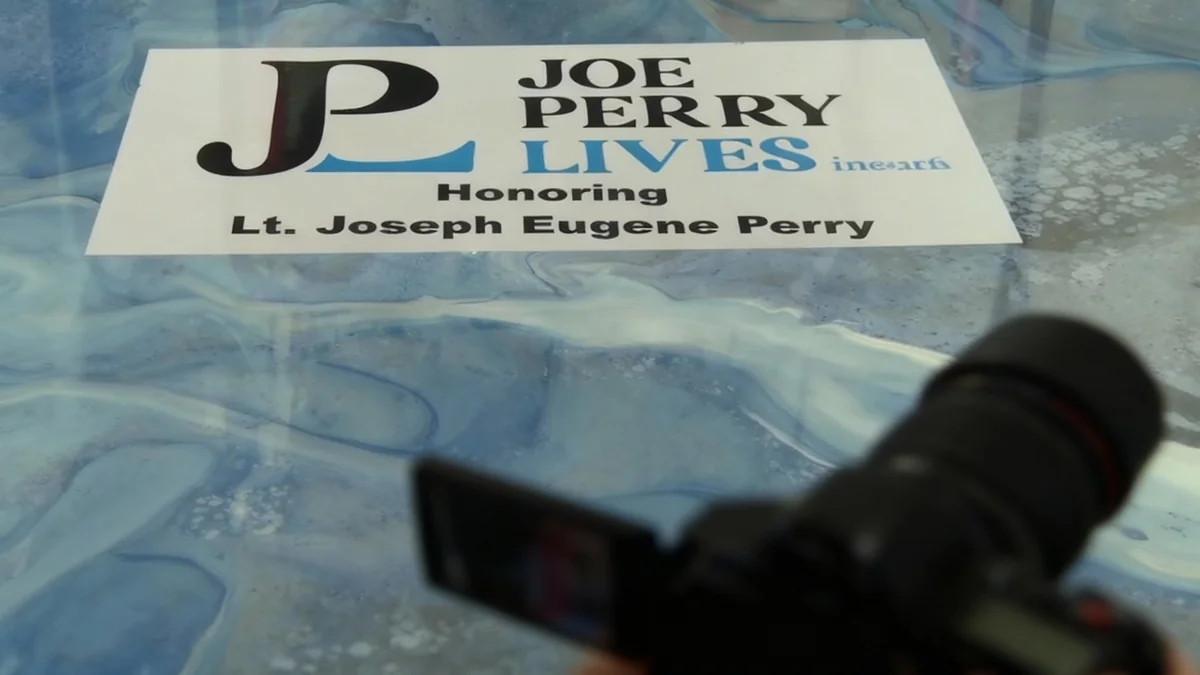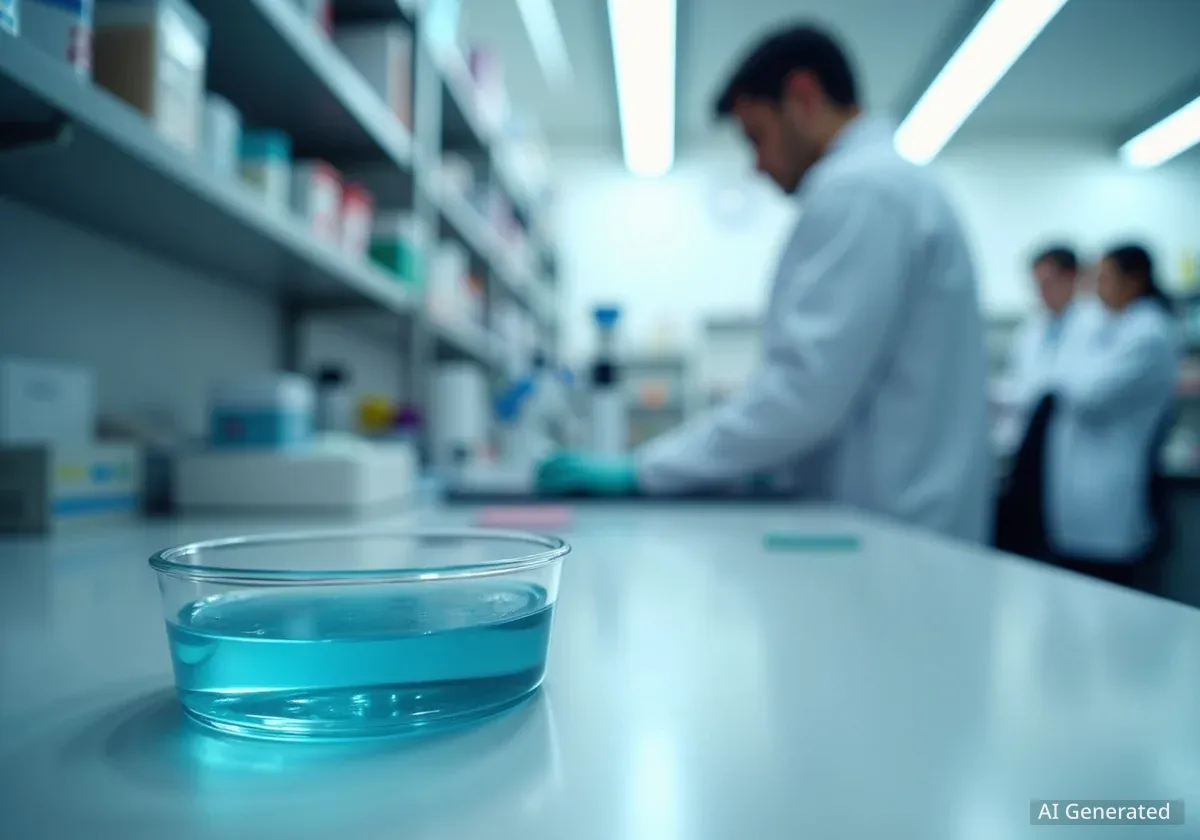The American Academy of Ophthalmology's 2025 conference served as a platform for significant announcements in eye care, featuring new long-term data on treatments for geographic atrophy and early-stage research into novel therapies for glaucoma. The event highlighted ongoing progress in managing complex retinal diseases and improving patient outcomes through technological and procedural advancements.
Key Takeaways
- Dr. Arshad M. Khanani presented positive 3-year results from the GATHER2 open-label extension trial for avacincaptad pegol in treating geographic atrophy.
- A new preclinical study suggests that regenerating synapses could offer a promising future treatment pathway for glaucoma.
- Real-world data on avacincaptad pegol, presented by Dr. Durga Borkar, supports its use in clinical practice for geographic atrophy.
- Professor Peter Stalmans advocated for single-use lenses, citing improved patient safety and outcomes.
- Corporate developments, including tensions between STAAR and Broadwood over a proposed Alcon deal, were also a topic of discussion within the industry.
Long-Term Data on Geographic Atrophy Treatment
One of the most anticipated presentations at AAO 2025 centered on the long-term efficacy and safety of avacincaptad pegol, a treatment for geographic atrophy (GA), an advanced form of age-related macular degeneration that can lead to irreversible vision loss. The findings provide crucial insights for ophthalmologists managing patients with this condition.
GATHER2 Trial 3-Year Results
Dr. Arshad M. Khanani, a leading clinical investigator, presented the 3-year results from the GATHER2 open-label extension trial. This study is critical for understanding the sustained effects of avacincaptad pegol beyond its initial trial period. The data presented by Dr. Khanani on October 17th, 2025, offered a comprehensive look at the drug's performance over an extended timeframe.
The results from the GATHER2 extension are essential for the medical community, as they help establish a longer-term safety profile and demonstrate whether the treatment's benefits in slowing disease progression are maintained. This kind of multi-year data is vital for building clinician confidence and informing treatment guidelines for chronic conditions like GA.
What is Geographic Atrophy?
Geographic Atrophy (GA) is a late stage of age-related macular degeneration (AMD). It involves the progressive death of retinal cells, leading to the loss of central vision. Patients with GA often experience difficulty with reading, recognizing faces, and other daily activities. Until recently, there were no approved treatments for this condition.
Real-World Evidence Supports Clinical Use
Complementing the clinical trial data, a separate presentation offered a real-world perspective on the use of avacincaptad pegol. Dr. Durga Borkar and Sydney M. Crago shared insights from clinical practice, which often provides a different and equally important view compared to the controlled environment of a trial.
Their analysis, also presented on October 17th, focused on how the treatment performs in a diverse patient population with varying comorbidities and adherence levels. This real-world evidence is invaluable for physicians, as it helps bridge the gap between clinical study results and everyday patient care, confirming the practical applicability of the treatment for GA.
Emerging Research in Glaucoma Therapy
The conference also provided a glimpse into the future of glaucoma treatment, moving beyond conventional methods of lowering intraocular pressure. A preclinical study introduced a new conceptual approach that could one day reverse or repair damage caused by the disease.
Synaptic Regeneration as a New Pathway
Presented on October 18th, 2025, a preclinical study explored the potential of synaptic regeneration to treat glaucoma. Glaucoma is a leading cause of irreversible blindness worldwide, characterized by damage to the optic nerve. This new research focuses on repairing the connections (synapses) between neurons that are lost during the disease process.
While still in the early stages, this approach represents a significant paradigm shift. If successful in human trials, it could move glaucoma treatment from merely slowing progression to actively restoring lost function. This line of research generated considerable interest among attendees for its potential to fundamentally change how the disease is managed.
Glaucoma by the Numbers
According to the World Health Organization, glaucoma is the second leading cause of blindness globally. It is estimated that over 80 million people have glaucoma worldwide, a number that is expected to increase as the global population ages. Early detection and treatment are crucial to preventing vision loss.
Advancements in Surgical and Lens Technology
Beyond pharmaceuticals, AAO 2025 also featured discussions on improvements in surgical equipment and patient-facing technologies. These innovations aim to enhance safety, efficiency, and overall patient experience during ophthalmic procedures.
The Case for Single-Use Lenses
Professor Peter Stalmans delivered a compelling presentation on October 17th advocating for the broader adoption of single-use lenses in ophthalmic surgery. He argued that disposable lenses offer significant advantages for patients by minimizing the risk of infection and cross-contamination.
"Single-use lenses are better for patients," Professor Stalmans stated, emphasizing that the benefits in safety and consistency outweigh the logistical considerations of reusable equipment. His talk highlighted how such seemingly small changes in clinical practice can lead to substantial improvements in patient outcomes.
The discussion around single-use versus reusable medical devices is ongoing across many medical fields. Professor Stalmans' perspective adds to the growing body of evidence supporting disposable options to enhance patient safety protocols in ophthalmology.
Industry Landscape and Corporate Dynamics
The AAO conference is not only a venue for scientific exchange but also a hub for industry news and corporate strategy discussions. A notable development discussed among attendees was the rising tension between two key players in the ophthalmic device market.
STAAR and Broadwood Tensions Over Alcon Deal
Reports from October 17th, 2025, detailed growing friction between STAAR Surgical and Broadwood Capital concerning a proposed deal with Alcon, a global leader in eye care. Such corporate maneuvers are closely watched by the clinical community, as they can have significant implications for product availability, research and development pipelines, and market competition.
The outcome of the upcoming vote on the Alcon deal could reshape a segment of the ophthalmic market. These business-side developments provide important context for the technological and clinical advancements presented at the conference, illustrating the interconnectedness of science, medicine, and industry.





